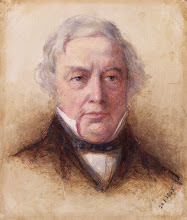Concise General Statement and Solution of Monty Hall Problem
Two required math facts: For any integer n > 2, (n-1)/n > 1/n; The probability (Pr) of either event A or event B is the sum of Pr(A) and Pr(B) and equals 1, provided that Pr (A and B) = 0 and the two events exhaust the universe of events under consideration
Let there be n > 2 rooms, one which contains a car, all others being empty. If using a prescribed method of selection you pick the room with the car, you win the car. Here is the method: You pick one of the n rooms at random; i.e. with probability 1/n. Then (n-2) empty rooms are removed from the drawing and you are left with the option of selecting one of the two remaining rooms. Now, if you want to have the best chance of winning the car, do you keep your first selection or switch? That is the problem.
Solution: Since the car is certainly in one and only one of the rooms, the two probabilities are 1/n and 1-1/n = (n-1) /n. So our math facts say to switch and also that you increase your chances (n-1) times by doing so. The original Monty Hall problem was for n=3 and had several mentions of goats and doors.
Let there be n > 2 rooms, one which contains a car, all others being empty. If using a prescribed method of selection you pick the room with the car, you win the car. Here is the method: You pick one of the n rooms at random; i.e. with probability 1/n. Then (n-2) empty rooms are removed from the drawing and you are left with the option of selecting one of the two remaining rooms. Now, if you want to have the best chance of winning the car, do you keep your first selection or switch? That is the problem.
Solution: Since the car is certainly in one and only one of the rooms, the two probabilities are 1/n and 1-1/n = (n-1) /n. So our math facts say to switch and also that you increase your chances (n-1) times by doing so. The original Monty Hall problem was for n=3 and had several mentions of goats and doors.

